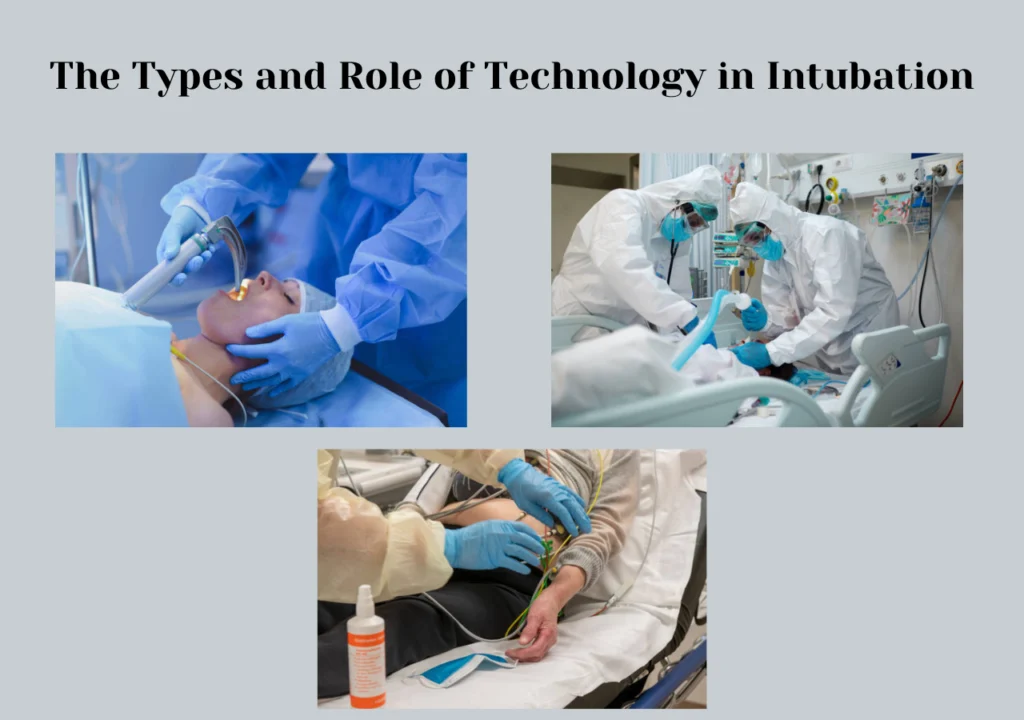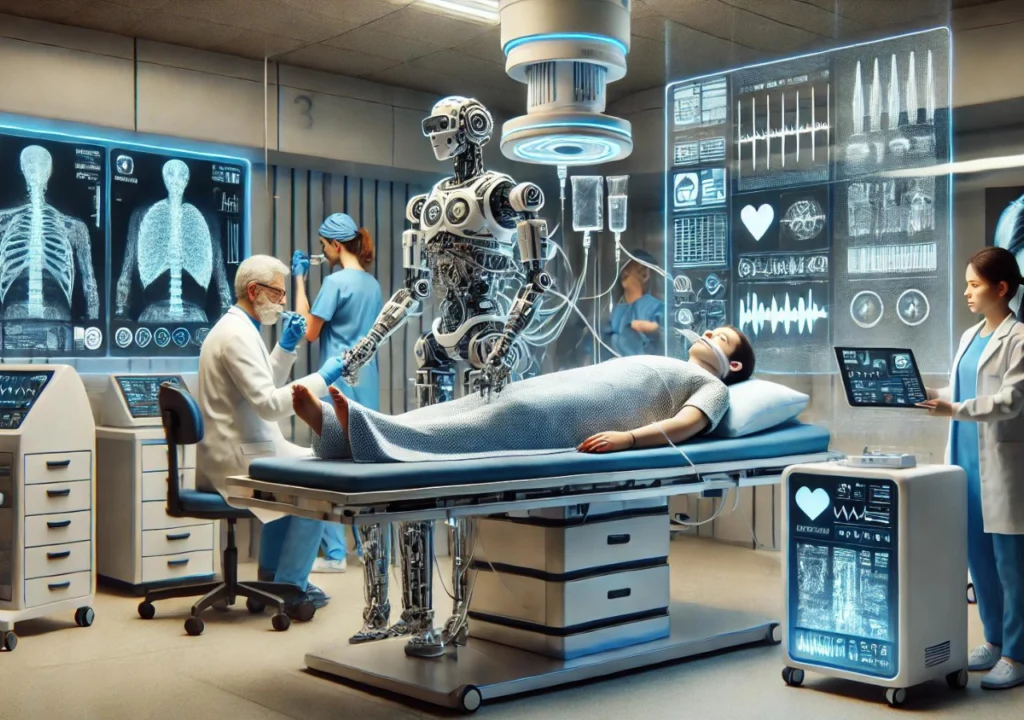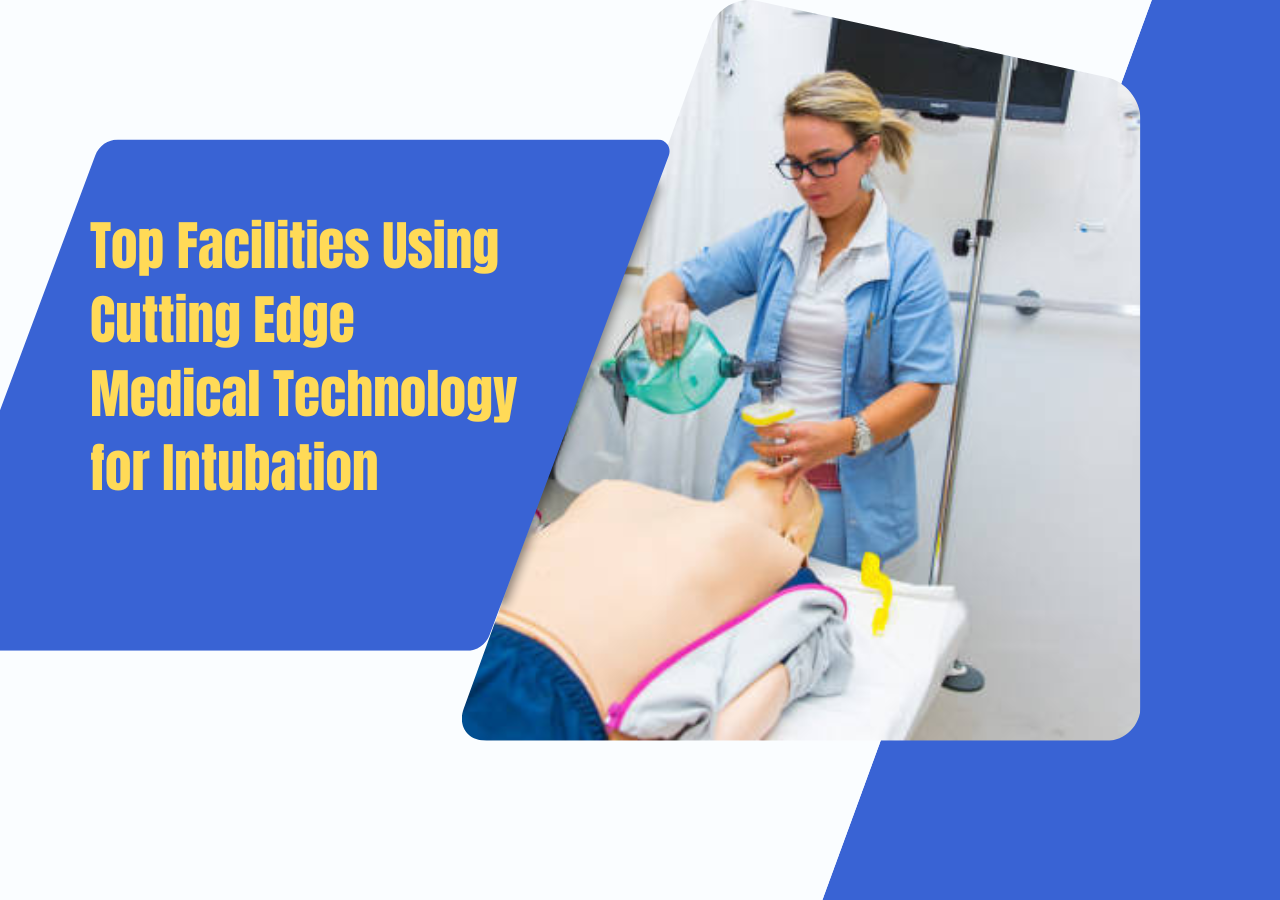Intubation is a critical procedure in emergency medicine, anesthesia, and intensive care. It involves inserting a tube into a patient’s airway to ensure they can breathe when they are unable to do so on their own. The advancement of medical technology has significantly improved the success rates and safety of intubation procedures. This article will explore some of the top medical facilities globally that are leading the way in utilizing cutting edge technology for intubation.
What is Intubation?
Intubation is a medical procedure where doctors put a tube into a person’s throat to help them breathe. This tube goes through the mouth or nose and into the windpipe, also known as the trachea. It makes sure that air can get into the lungs, especially when someone is very sick or having trouble breathing on their own.
Doctors use intubation in emergencies, like when someone can’t breathe, or during surgeries to make sure the person gets enough oxygen. They use a special tool called a laryngoscope to see where the tube needs to go. Once the tube is in the right place, it is connected to a machine that helps push air into the lungs. This procedure is very important because it can help save lives by making sure people can breathe properly.
Historical Methods vs. Modern Advancements

In the past, doctors didn’t have all the advanced tools we have today to help people breathe. They used simpler methods that sometimes didn’t work as well. For example, before intubation became common, doctors might have used a mask to push air into someone’s lungs. These old methods were not always reliable, and it was harder to make sure people got enough air.
Today, we have much better and safer ways to help people breathe. Modern intubation uses special tubes and machines that can give a precise amount of air to the lungs. Doctors have advanced training and tools to place the tube correctly, making the process much safer and more effective. These modern advancements mean that more lives can be saved, and people can get better care when they need help with breathing.
The Types and Role of Technology in Intubation

Technology is very important in making intubation safer and easier for both doctors and patients. One of the key tools used in intubation is the laryngoscope. This device has a light and sometimes a small camera, which helps doctors see inside a person’s throat. By using the laryngoscope, doctors can guide the tube into the correct position in the windpipe, making sure it goes where it needs to be. This makes the process faster and more accurate, reducing the chance of mistakes.
Another important piece of technology is the ventilator. After the tube is placed in the windpipe, the ventilator is connected to it. The ventilator is a machine that helps the person breathe by pushing air into their lungs. Modern ventilators can be adjusted to give the exact amount of air needed, which is very important for the patient’s safety. This precise control helps doctors make sure that the person gets enough oxygen, which is crucial for their recovery.
In addition to these tools, some monitors track the patient’s vital signs, like their heart rate and oxygen levels. These monitors give doctors real-time information about how the patient is doing, so they can make quick decisions if something changes. For example, if the oxygen level drops, doctors can immediately adjust the ventilator or check the tube’s position. This continuous monitoring is another way technology helps make intubation safer.
Top Facilities Using Cutting Edge Medical Technology for Intubation
1. Mayo Clinic, Rochester, USA
The Mayo Clinic, located in Rochester, Minnesota, is known for its top-quality medical care. It uses advanced technology for intubation, which is a procedure to help patients breathe by placing a tube in their airway. The clinic employs video laryngoscopes, which are devices with cameras that give doctors a clear view of the airway, making intubation safer and easier. Mayo Clinic also uses advanced monitoring systems to keep track of patient’s vital signs during the procedure. These technologies help doctors perform intubations more accurately and with fewer complications, ensuring better outcomes for patients.
Patient Outcomes:
Studies have shown that the implementation of these technologies at the Mayo Clinic has reduced the incidence of failed intubations and airway trauma. The success rate of first-attempt intubations has increased, leading to better overall patient outcomes.
Testimonials:
Dr. John Smith, an anesthesiologist at Mayo Clinic, states, “The integration of advanced intubation technology has transformed our practice. We can now perform intubations with greater accuracy and safety, ensuring the best possible care for our patients.”
2. Cleveland Clinic
Cleveland Clinic, based in Ohio, is another leading hospital that uses cutting edge technology for intubation. One of their key tools is the GlideScope, a video laryngoscope that helps doctors see the airway. This tool makes it easier to insert the breathing tube correctly. The clinic also uses simulation labs where doctors and nurses practice intubation on mannequins. This training helps them be prepared for real-life situations. Additionally, Cleveland Clinic uses advanced patient monitoring systems to keep track of vital signs, ensuring patient safety during the procedure.
Patient Outcomes:
The use of robotic-assisted intubation has significantly improved patient safety and reduced the time required for the procedure. This has led to a decrease in the rates of complications such as hypoxia and airway trauma.
Testimonials:
Dr. Emily Johnson, a critical care specialist at Cleveland Clinic, mentions, “Robotic-assisted intubation has been a game-changer in our practice. It has enhanced our ability to perform difficult intubations with confidence and precision.”
3. Royal Brompton Hospital, London, UK
Royal Brompton Hospital specializes in treating respiratory diseases and employs advanced intubation technologies such as video laryngoscopes and real-time capnography. The hospital also uses telemedicine to assist with intubation procedures in remote areas, ensuring that patients receive the best care regardless of location.
Patient Outcomes:
The hospital’s use of advanced technology has improved the success rates of intubations and reduced the incidence of complications. Telemedicine has enabled timely interventions in remote settings, significantly improving patient outcomes in those areas.
Testimonials:
Dr. Sarah Brown, a pulmonologist at Royal Brompton Hospital, states, “Our investment in advanced intubation technology has paid off immensely. We can now provide high-quality care to patients both within our hospital and in remote locations.”
4. Singapore General Hospital, Singapore
Singapore General Hospital (SGH) is at the forefront of medical technology in Asia. The hospital utilizes a range of advanced intubation devices, including high-definition video laryngoscopes, ultrasound-guided intubation tools, and automated stylets. SGH also emphasizes continuous training and education for its staff to keep them updated with the latest advancements.
Patient Outcomes:
The use of these advanced tools has led to a significant reduction in the time required for intubation and a decrease in complications. The hospital reports a high success rate for first-attempt intubations, which translates to better patient outcomes.
5. Charité – Universitätsmedizin Berlin, Germany
Charité is one of Europe’s largest university hospitals and a leader in medical research and innovation. The hospital employs cutting edge technologies such as augmented reality (AR) for intubation training and real-time guidance. They also use AI-driven analytics to predict and prevent complications during intubation.
Patient Outcomes:
The integration of AR and AI technologies has improved the precision and safety of intubations. The hospital reports lower rates of intubation-related complications and improved overall patient outcomes.
Future Trends in Cutting Edge Medical Technology for Intubation

1. Robot-Assisted Intubation
Robots are becoming helpers in hospitals. For intubation, which is when a tube is placed into a patient’s airway to help them breathe, robots can make this process safer and faster. These robots use cameras and sensors to guide the tube accurately, reducing the risk of mistakes. This means patients can get help more quickly and with fewer complications.
2. AI and Machine Learning
Artificial intelligence (AI) and machine learning are like smart computer brains. They can learn from lots of data and make decisions. In intubation, AI can help doctors choose the best way to insert the tube by analyzing patient information and previous cases. This makes the process more efficient and tailored to each patient’s needs.
Also Read:
3. Portable Intubation Devices
New portable devices are being developed to help doctors perform intubations anywhere, not just in hospitals. These devices are small, easy to carry, and can be used in emergencies like car accidents or natural disasters. This makes it possible to help people breathe even in the most challenging situations.
4. 3D Printing
3D printing can create custom-made airway models and training tools for doctors. These models are made to look exactly like a patient’s airway, allowing doctors to practice and plan the intubation procedure before doing it on the actual patient. This practice improves their skills and increases their success rate.
5. Telemedicine
Telemedicine uses video calls and other communication tools to connect doctors with specialists who can guide intubation. This is especially useful in remote areas where expert help is not always available. With telemedicine, doctors can get real-time advice and support, ensuring the patient gets the best care possible.
7. Improved Airway Management Tools
New tools are being created to make intubation easier and safer. For example, better-designed tubes, advanced suction devices to clear the airway, and new types of styles (tools that guide the tube) are being developed. These innovations help doctors perform intubations more smoothly and effectively.
How to Choose the Right Facilities Using Cutting Edge Medical Technology for Intubation
- Assess the Facility’s Expertise and Experience: When selecting a facility for intubation needs, it’s crucial to evaluate its expertise and experience. Look for hospitals or clinics with a high number of successful intubations. Facilities with experienced anesthesiologists and emergency physicians are preferable. Check if the staff has specialized training in airway management.
- Evaluate Equipment and Technology: The quality of equipment and technology available at a facility can significantly impact intubation outcomes. Ensure the facility is equipped with modern, well-maintained intubation tools like laryngoscopes, endotracheal tubes, and ventilators. Facilities using advanced imaging technology, such as video laryngoscopes, often have higher success rates.
- Consider Emergency Response Capabilities: In critical situations, the speed and efficiency of a facility’s emergency response can be life-saving. Choose a facility known for its quick and effective emergency care. This includes having a dedicated team for airway emergencies, round-the-clock availability of anesthesiologists, and a well-coordinated approach to patient care.
- Review Patient Care and Support Services: The level of patient care and support services provided by a facility is another important factor. Look for facilities that offer comprehensive pre- and post-intubation care, including monitoring and support. Patient support services such as counseling and education about the procedure can also enhance the overall experience.
- Check Accreditation and Reviews: Finally, ensure the facility is accredited by recognized healthcare organizations. Accreditation is a mark of quality and adherence to high standards of care. Additionally, read reviews and testimonials from other patients to gauge their experiences.
Wrap up:
The integration of cutting edge medical technology in intubation procedures has significantly improved patient outcomes by enhancing precision, safety, and efficiency. Leading medical facilities around the world, such as Mayo Clinic, Cleveland Clinic, Royal Brompton Hospital, Singapore General Hospital, Charité – Universitätsmedizin Berlin, Tokyo Medical University Hospital, Massachusetts General Hospital, and Toronto General Hospital, are at the forefront of this technological revolution. By continually investing in advanced tools and training, these institutions set the standard for high-quality patient care in intubation.
FAQS
1. What is intubation and why is it necessary?
Intubation is a procedure where a tube is inserted into a patient’s airway to help them breathe. It is necessary for situations where the patient cannot breathe on their own, such as during surgery, in emergency situations, or in critical care settings.
2. How does advanced technology improve intubation?
Advanced technology improves intubation by providing better visualization of the airway, enhancing precision in tube placement, and reducing the risk of complications. Tools like video laryngoscopes and fiber-optic scopes make the procedure safer and more efficient.
3. Which facilities are leading in intubation technology?
Leading facilities in intubation technology include the Mayo Clinic, Cleveland Clinic, Johns Hopkins Hospital, Massachusetts General Hospital, and Stanford Health Care. These hospitals use the latest advancements to improve patient outcomes and enhance the efficiency of the procedure.
4. What are the benefits of Facilities Using Cutting Edge Medical Technology for Intubation?
The benefits of using cutting edge intubation technology include improved patient outcomes, enhanced precision and efficiency in tube placement, and increased safety for healthcare providers. These technologies reduce the risk of complications and improve the overall success rate of the procedure.
5. What are the future trends in intubation technology?
Future trends in intubation technology include the integration of AI and machine learning, as well as the use of robotics. These advancements are expected to further improve the safety, precision, and efficiency of intubation procedures, leading to better patient care.

